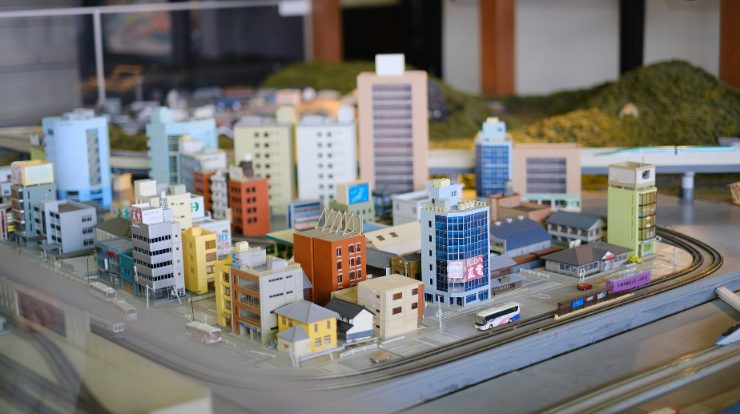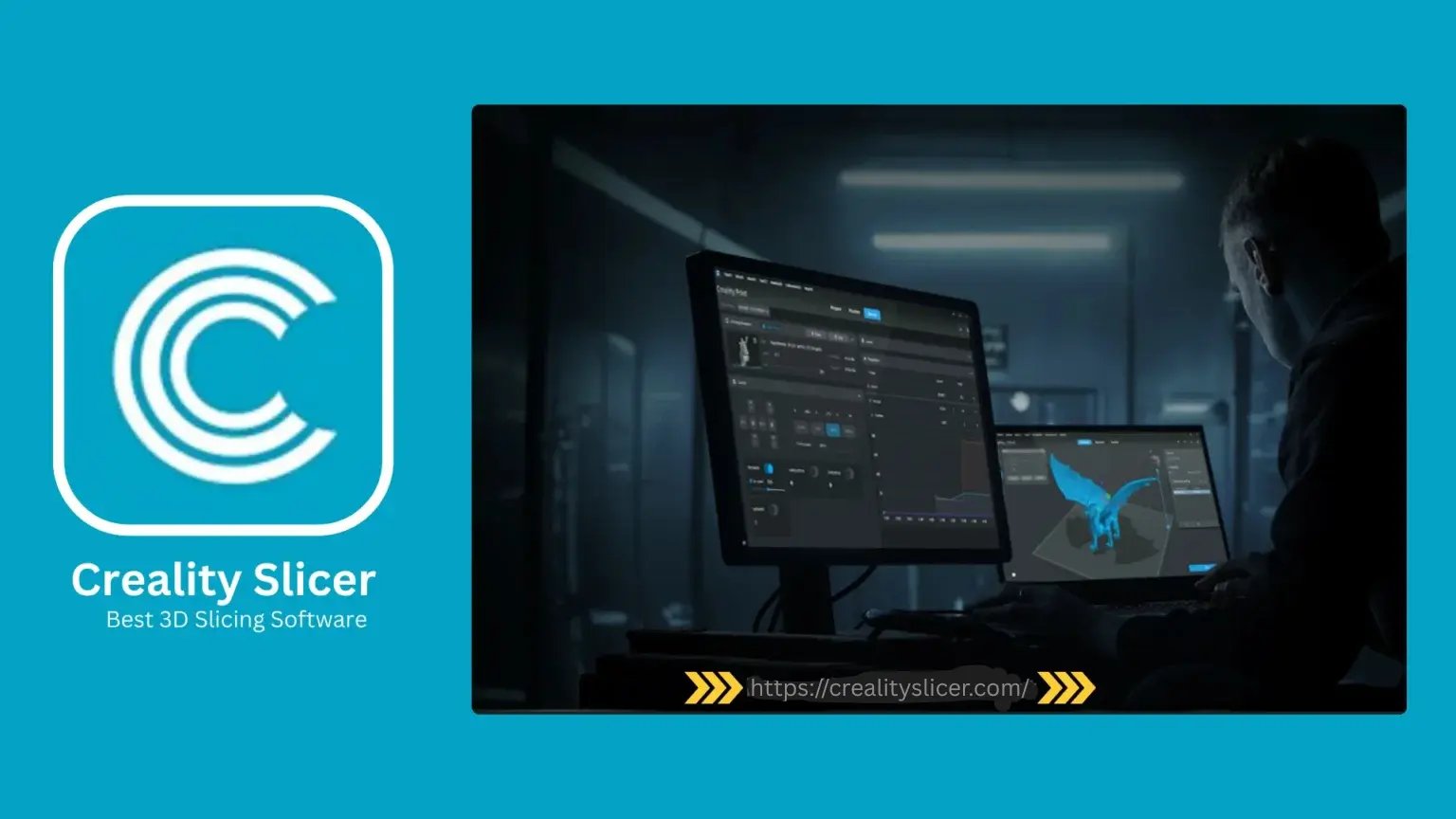Miniature model making in Dubai has long played an essential role in architecture, real estate, tourism, and public planning. Traditionally, these models were fixed and permanent. However, as urban planning becomes more complex and dynamic, the demand for modular, reconfigurable layouts is growing.
Clients now want models that evolve with design changes and user interaction. Miniature model making Dubai is adapting quickly to meet this need. Through innovative techniques and flexible design strategies, model makers are building systems that allow for easy modification, transportation, and customization.
Why Modular and Reconfigurable Models Are in Demand
Dubai’s developments are fast-paced. Masterplans often undergo changes, sometimes multiple times before final approval. Developers, architects, and city planners want models that can grow with these evolving visions. A modular design allows components to be added, swapped, or rearranged.
This flexibility reduces the need to build an entirely new model when only certain areas of the plan are revised. It saves time, lowers cost, and supports more agile presentations. In public and investor showcases, reconfigurable models also allow for better storytelling. Stakeholders can focus on one phase at a time or explore future expansion possibilities in real-time.
Segmented Model Construction for Flexibility
One of the most common approaches in miniature model making Dubai is building models in segments. Each section of the model—such as a residential block, commercial area, park, or road network—is built separately. These segments connect seamlessly on a shared base or frame. This approach allows developers to present one part of the project while keeping the rest under development. As changes occur, only the affected segments are modified or replaced. This technique is especially useful for large-scale masterplans or phased developments in Dubai’s outskirts.
Magnetic and Locking Connection Systems
To support easy reconfiguration, miniature models now use magnetic and locking systems. These allow parts to snap together securely but can be disconnected without damage. Magnets embedded in model bases or connecting joints help keep sections aligned and stable. This feature is useful for models displayed at public exhibitions where handling and transport occur frequently. Locking pins or brackets add additional support for vertical components such as towers or bridges.
Use of Lightweight Materials for Mobility
Model makers in Dubai are also adapting materials to suit modular needs. Lightweight materials such as high-density foam, laser-cut acrylic, resin, and PVC sheets are commonly used. These reduce the overall weight of each module. As a result, models can be lifted, rearranged, or packed without strain or damage. Foamboard bases also allow for quick drilling or editing if new pathways or structures need to be added later.
Smart Labeling and Color Coding
To manage reconfiguration with accuracy, miniature model making Dubai has embraced smart labeling. Each module is labeled with coded markings, colors, or symbols that guide correct placement. This helps avoid mistakes during setup and supports teams working across large-scale projects. Labels also assist in maintenance, ensuring that each piece returns to its exact spot after cleaning or transportation.
Integrated Electrical Pathways Across Modules
Reconfigurable models often include lighting, motorized features, or interactive elements. To keep these systems functional across detachable modules, model makers design integrated electrical pathways. Contact pins, hidden wire channels, or plug-and-play connectors are installed along the edges of each section.
When modules are joined, these elements automatically align, allowing the entire system to power up without manual wiring adjustments. This seamless approach is key to creating dynamic displays that still allow modular freedom.
Digital Mapping and 3D Visualization Integration
Many modular models in Dubai now work alongside digital tools. Model makers create corresponding digital maps or interactive overlays. This helps planners visualize changes before physically rearranging the model. Some clients use augmented reality to place virtual additions on top of physical models. This hybrid approach bridges physical modularity with digital adaptability. It’s especially useful when budgets or deadlines do not allow immediate fabrication of every possible variation.
Storage and Transport Solutions for Mobile Modules
Reconfigurable models are often transported between events, showrooms, or client meetings. To make this process smooth, Dubai-based model makers design customized storage and transport cases. Each module has a designated slot in foam-lined crates.
This protects delicate structures while ensuring modules remain organized. Wheels, handles, and labels on crates make handling easier, even in tight spaces. These systems are ideal for property developers who take models on roadshows across the UAE or internationally.
Application in Multi-Phase Development Presentations
Modular model making is especially effective in showcasing multi-phase developments. Clients can show one section of a project during its launch phase. Later, as construction progresses, new modules can be added to demonstrate how the community will grow. This phased presentation style suits many of Dubai’s large housing and tourism projects. It builds anticipation while keeping investors and the public engaged over time.
Sustainability Benefits of Modular Modeling
Modular model making also contributes to sustainability goals. Instead of discarding entire models when plans change, only certain parts are updated. This reduces material waste and lowers carbon impact. Many Dubai studios now design modular models with reusability in mind. Sections from past projects can even be repurposed into new ones with slight modifications. This efficient use of resources supports the city’s growing commitment to eco-conscious development.
Conclusion
Miniature model making Dubai is transforming to meet the rising demand for modular, reconfigurable layouts. Through segmented construction, magnetic joints, lightweight materials, and smart electrical systems, models are now more flexible than ever.
These innovations offer practical benefits for urban planning, real estate marketing, and public engagement. As Dubai’s projects become more complex and fast-moving, modular modeling provides the adaptability needed to keep pace. Whether for showcasing multi-phase plans or creating mobile displays, reconfigurable models are becoming a powerful tool in shaping the city’s evolving skyline.



